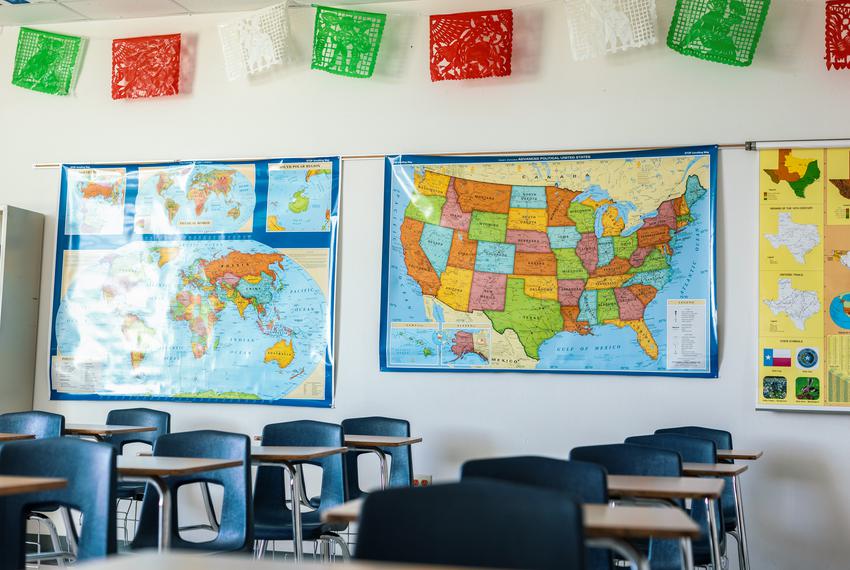
Setting Up A School In A Low-Income Country
A school is a public educational establishment designed primarily to offer learning environments and learning places for the training of students in subjects under the supervision of qualified teachers. The teaching methods used may be class lecture, group work, or independent study; however, all efforts are made to encourage and give good quality education to the students. Most modern countries now have extensive systems of public education, which may be either mandatory or voluntary. In such systems, students move through a sequence of primary schools, secondary schools, and tertiary schools.
The process of learning can be accelerated by attending pre-school or primary schools that lay the foundation for higher educational institutions. Secondary schools often have more advanced educational facilities, such as a school of commerce, school of nursing, or school of science. tertiary education includes degrees in medicine, law, dentistry, and other related fields. The social and behavioral structure of children also plays an important role in deciding the kind of educational institution to designate for a child.
Private schools may be the only option for children living in low-income countries. They offer a wide variety of learning environments and professional training, while at the same time being quite affordable. These schools may be expensive to set up but tend to be much more successful in producing well-educated people. Most private schools are located onsite in areas where there is already a demand for schools. This means that most of them will be fully equipped to cater for students from kindergarten through twelfth grade.